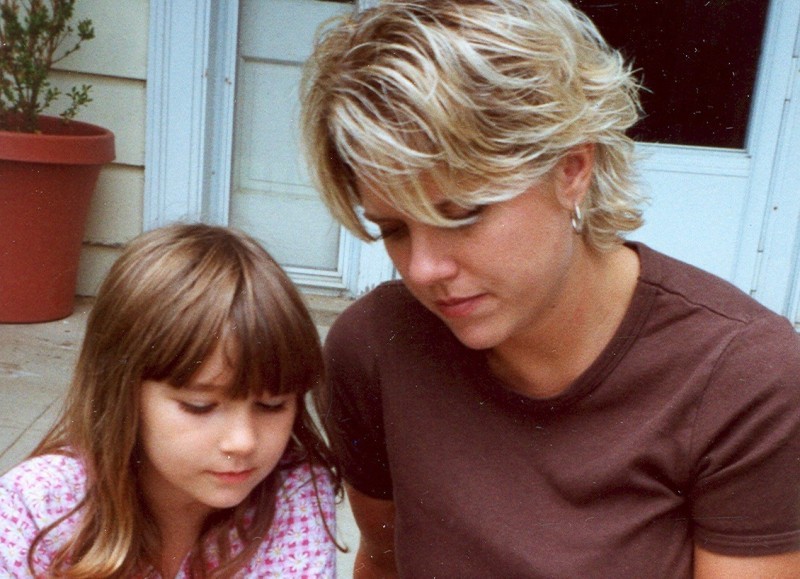
Shelter
- Anne Lewis
- 2001
 Color
Color- 56:40
- Betacam SP video
Film Description
In 1974 three women opened the first shelter for battered women. By 1985 there were 700 shelters and safe houses. By the time Shelter was filmed in 2001, that number had almost doubled to 1,200 shelters nationwide. This courageous grassroots movement has not only saved lives, but changed the way Americans think about domestic violence. Shelter traces this remarkable evolution and gives voice to five women seeking protection in a rural West Virginia shelter. Working with advice and guidance from the shelter’s counselors and staff, the women struggle to find safety, freedom, and justice for themselves and their children. Two founders of the shelter movement discuss its history while Tillie Black Bear from the Rosebud Reservation in South Dakota describes establishing the first shelter for women of color. Shelter challenges our national ambivalence towards issues of domestic violence and common institutional responses from police, the court system, and social service agencies, while highlighting a model program that offers a holistic and healing approach to the problem. Shelter avoids the traditional television approach to domestic violence: rather than examining why violence occurs, Shelter explores the lives of women affected by violence and follows them through the long process of navigating through the system towards lives of safety and dignity.Screenings & Festivals
- New Jersey International Film Festival
- Philadelphia International Film Festival
- West Virginia Filmmakers Festival
- Appalachian Studies Conference
Not yet preserved.
To support the work of preserving and safeguarding the collections, please consider designating a donation to Appalshop Archive.
Reviews
“The film probes an enormously critical topic.” — Appalachian School of Law
“I think it was an eye-opening video that everyone should see.” — Male student at the University of Utah
“Useful in getting students to think about how the policy towards domestic violence has changed, but not always for the better. The film had an emotional impact that will prove useful in getting students to think critically about the issues raised.” — University of Utah

















